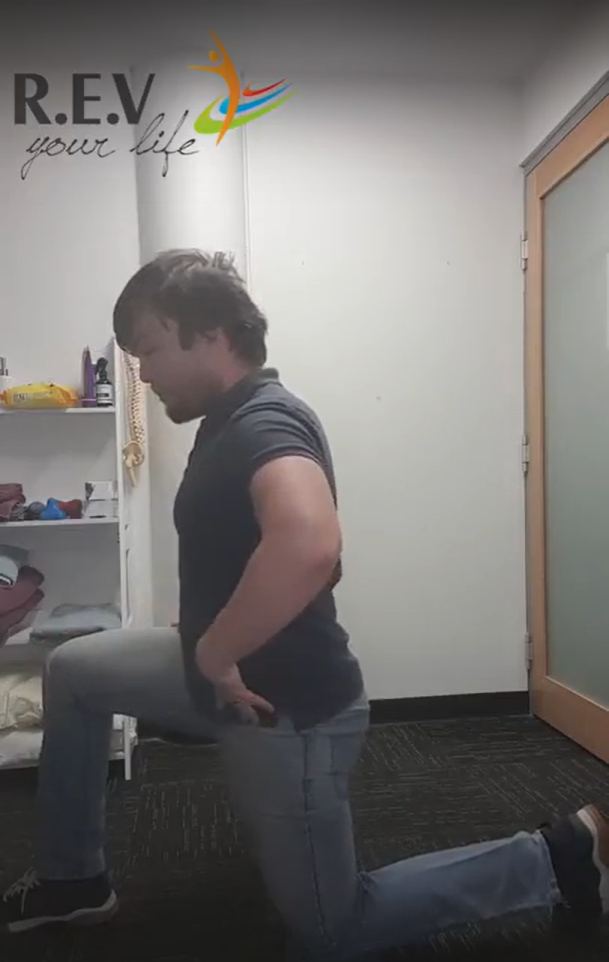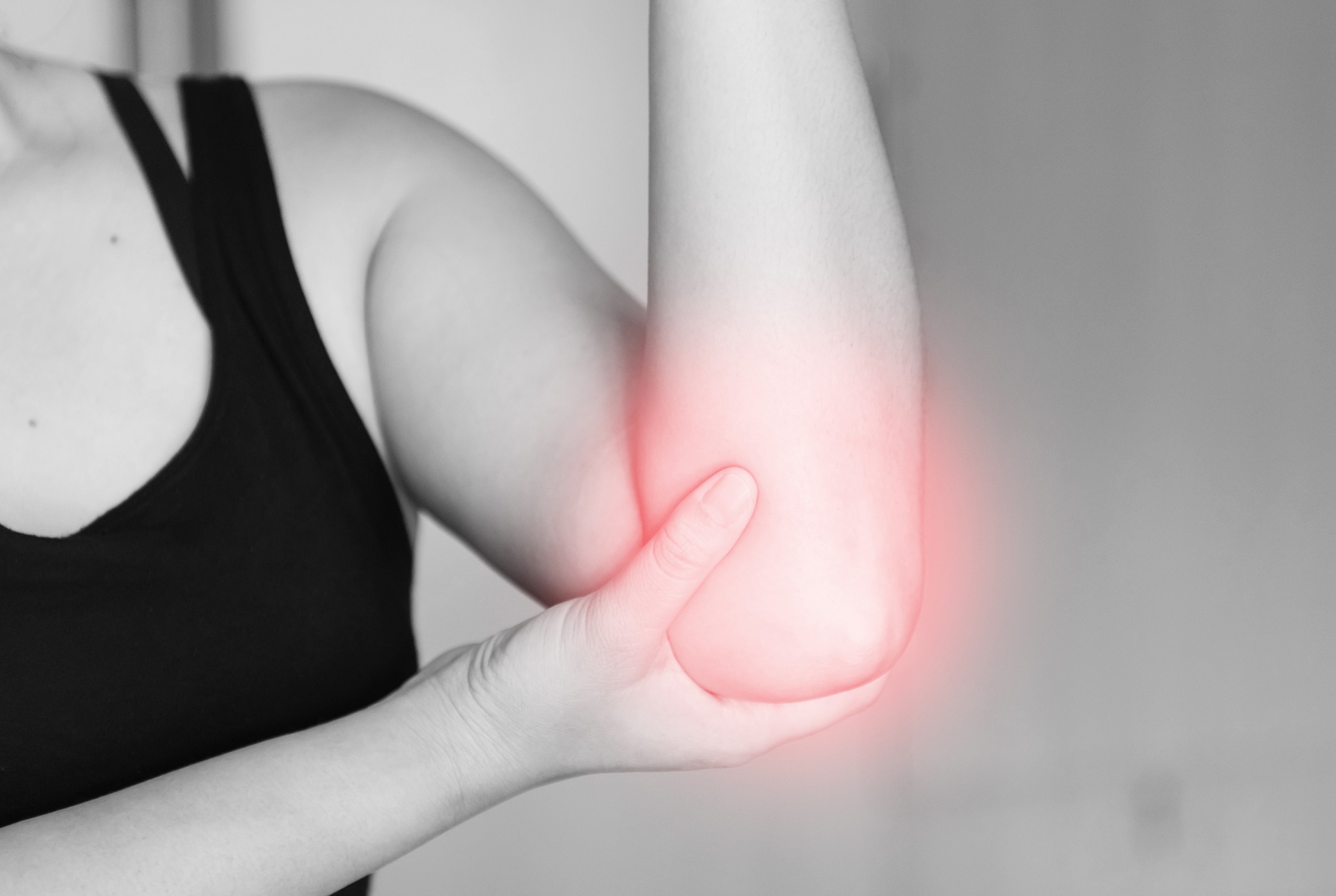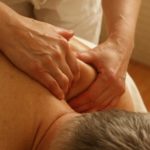Why is a hip flexor stretch important?
In the hustle and bustle of modern life, we often find ourselves dealing with aches, pains, and stress. The modern-day person is spending too much sitting and our hips cop the brunt. This can hinder our daily activities and athletic performance. Enter the hip flexor stretch! Whether you’re simply seeking relief from tension and discomfort, or an athlete striving for peak performance, working on these areas with hip flexor stretches can be a game-changer. In this blog, we’ll explore the incredible benefits of focusing on hip flexors and some different ways to unlock a main component of movement.
Understanding the Hip Flexors
Our hip flexor muscles, collectively known as the iliopsoas, play a crucial role in hip movement and overall body mobility. Unfortunately, these muscles can become tight and overworked due to various factors, leading to discomfort, pain, and reduced range of motion.
Check out this video explaining how the hip flexors can cause lower back pain!
Common Causes of Tight Hip Flexors
Understanding the root causes of tight hip flexors is crucial for effective treatment:
- Prolonged Sitting: Sedentary lifestyles and extended hours of sitting at desks or in front of screens contribute to hip tightness.
- Lack of Stretching: Neglecting regular stretching routines can exacerbate hip flexor issues.
- Overuse in Exercise: Certain exercises, such as excessive crunches or cycling, can lead to overuse and tightness in the hip flexors.
The Hip Flexor Stretch
To address tight hip flexors, the hip flexor stretch is a powerful tool. Here’s how to perform it:
- Begin in a kneeling lunge position, with one knee on the floor and the other foot in front at a 90-degree angle.
- Engage your core and gently push your hips forward, feeling a stretch in the front of the hip on the leg with the knee on the ground.
- Hold the stretch for 20-30 seconds, then switch to the other side.
- Repeat this stretch 2-3 times on each side.
Safety Precautions
While stretching is beneficial, it’s essential to approach it safely:
- Progress gradually to avoid overstretching and potential injury.
- Listen to your body; if you experience pain during a stretch, stop immediately.
Incorporating Hip Flexor Stretches into Your Routine
To reap the full benefits of hip flexor stretches, consider integrating them into your daily routine, especially during warm-up and cool-down exercises.
Consistency is Key
Keep a journal to maintain over time. Consistency is key, and with dedication, you’ll notice a significant difference in your hip mobility.
Seek Professional Guidance
For further help on hip issues or chronic pain, book a session with our massage therapists. We can provide personalized advice and treatment options.
Benefits of Remedial and Sports Massage
- Improve Posture: Remedial and sports massages can help correct poor posture associated with tight hip flexors, alleviating strain on the lower back and neck.
- Alleviate Lower Back Pain: If you suffer from lower back pain, these massages can be a source of relief by releasing tension in the hip flexors, which often contribute to back discomfort.
- Enhance Athletic Performance: Athletes can benefit significantly from regular remedial and sports massages. By maintaining flexible hip flexors, you can improve sports performance and reduce the risk of injuries that often result from muscle imbalances and tightness.
Remedial/sports massages, and stretches with their focus on the hip flexors, offer a path to enhanced mobility, reduced pain, and improved athletic performance. Whether you’re an athlete or simply looking to lead a pain-free life, integrating these stretches and massages into your routine can unlock a world of possibilities, helping you move with ease and confidence. Say goodbye to tight hips and hello to a better-moving you!
James Bowers
Diploma Remedial Massage
Diploma of Fitness










Recent Comments